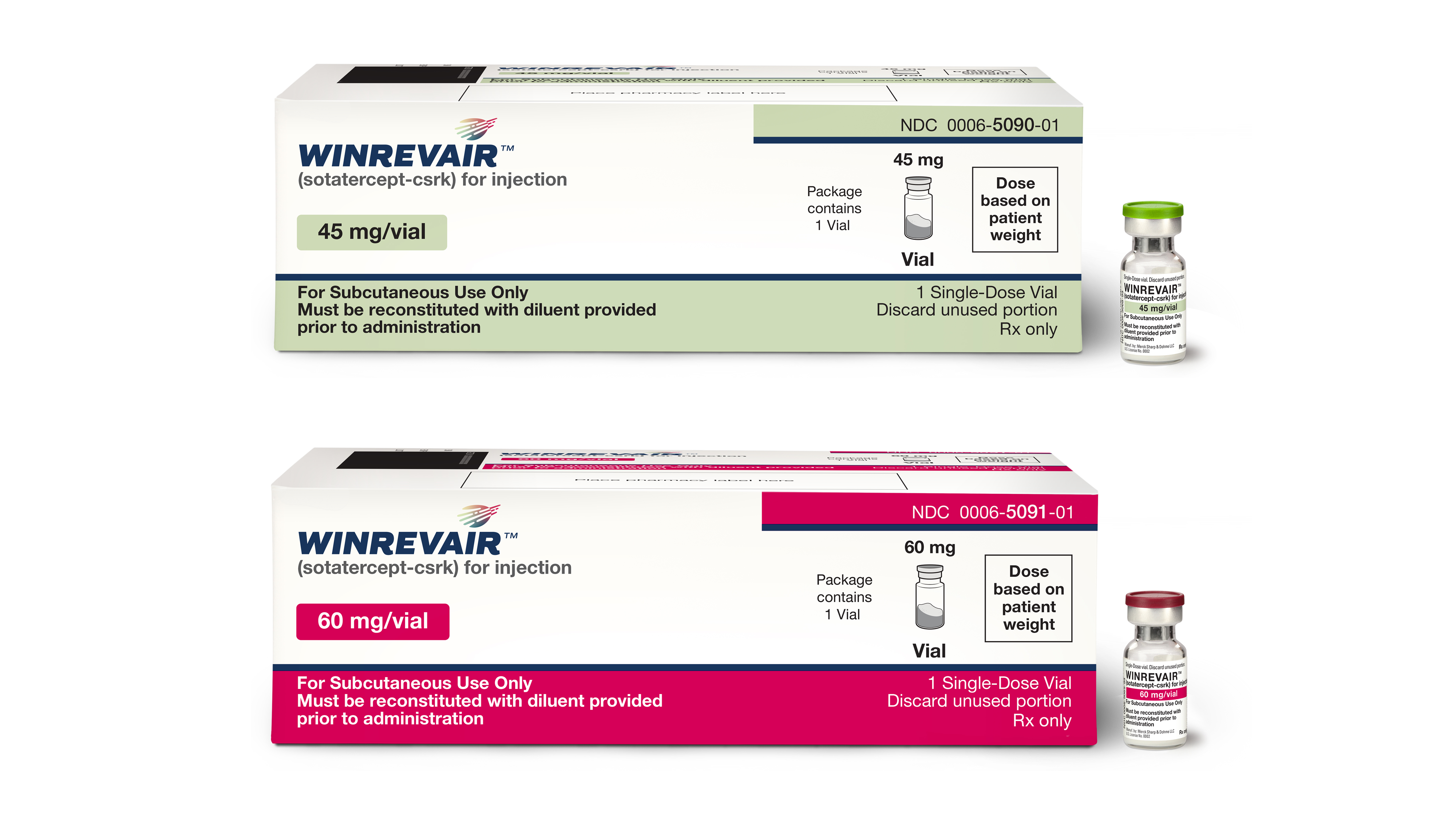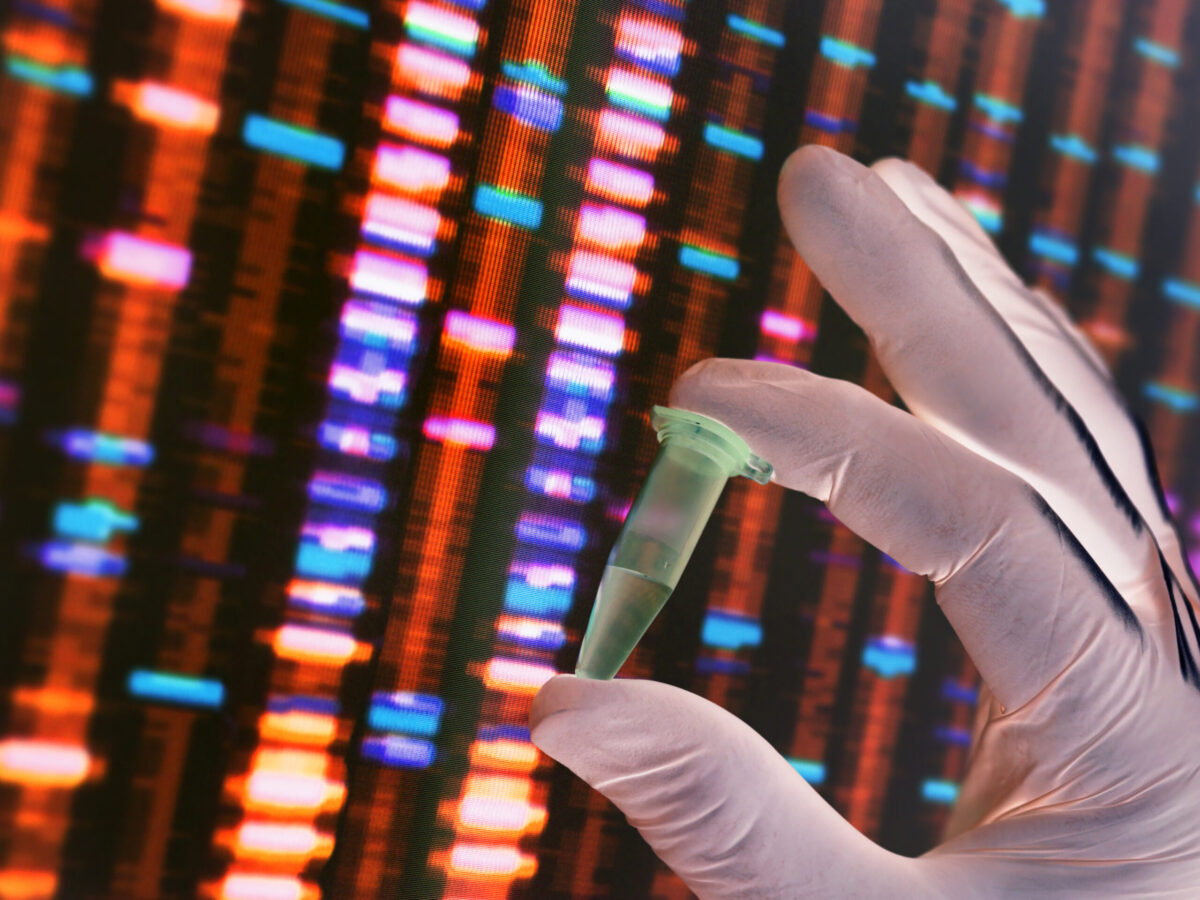Researchers at the University of North Carolina at Chapel Hill have developed a microneedle cancer immunotherapy patch which contains melanin. In a preclinical study of the vaccine, they found that the melanin was able to enhance the immune reaction, helping to improve survival in mice with melanoma.
These promising preclinical results could propel the vaccine into further clinical development. The researchers published their findings in the journal Science Immunology.
Currently, one of the biggest issues with cancer vaccines is their inability to elicit sustained immune responses. To improve the efficacy of their vaccine, the researchers used a microneedle drug patch paired with the addition of heat, to deliver a combination of tumor fragments and melanin into the body.
“Melanin is capable of transforming 99.9% of the absorbed sunlight energy into heat, reducing the risk of skin cancer,” said the authors. “In combination with the near-infrared light irradiation, melanin in the patch mediates the generation of heat, which further promotes tumor-antigen uptake by dendritic cells, and leads to enhanced antitumor vaccination.”
According to the study authors, the addition of heat at the inoculation site was critical to boosting the effectiveness of this cancer vaccine. Sixteen percent of mice who received the vaccine without the heat treatment showed slower tumor growth rates, but this was not associated with greater survival.
But when heat was applied along with the melanin-containing vaccine, 87 percent of those mice showed tumor rejection and improved long-term survival. Both the heat treatment and the presence of melanin helped to recruit immune cells to the site of the injection, and supported T cell memory to reduce the risk of cancer recurrence.
“The natural melanin used in this treatment can also be extended to other biological pigments, such as carotenoid, xanthophylls, and bilirubin, for photomediated therapy,” wrote the authors. “For the potential translation of the vaccine patch, it relies profoundly on a prolonged safety evaluation of the local and systemic toxicity, as well as other potential side effects.”












Join or login to leave a comment
JOIN LOGIN